The landscape of the augmented reality space is broad, diverse, and constantly shifting, perhaps more so than any other vertical in technology. At the same time, major players are attempting to standardize various hardware designs and delivery methods, while still others are rushing to claim their piece of virtual property through AR clouds and application stores.
But amid all this activity on the top side, there are even more innovators operating in relative obscurity. These are the individuals and companies forging the next phase of AR's future before the shifting sands of immersive computing's present have even coalesced into something completely tangible.
• Don't Miss: The Future of AR — Discover Where The Industry Is Headed
Every year, when we compile the main list of NR30 honorees, the selection process is incredibly difficult because there are so many talented individuals operating within the AR industry. But once we finish selections, there are always a few innovators on our radar who didn't make the cut. Generally, these are the newer faces who, while making great strides, have yet to reach their full potential. This year, we decided to give some of these new faces their own spotlight to serve as a stage for what might be "next" in AR. We hope this list serves as encouragement to the AR innovators out there waiting in the wings, almost ready to show the world how they plan to transform the tech landscape.
Some of these entrepreneurs' companies will fail and disappear just as quickly as they arrived. Others may go on to accrue value and be quickly acquired by a larger player looking to add to their AR arsenal. A select few may even go on to build their own legend in the history of AR technology and grow to become a giant in their own right.
At this point, anything is possible, and that's what makes the AR space so exciting. The following people have taken major risks and worked incredibly hard just to get to the point of even being considered as potential glimmers of promise for AR's next phase. It remains to be seen whether these courageous founders will realize their ambitions, but what they've done so far is so impressive that it may inspire the next group of AR founders and existing industry players alike. These are their stories…
Chi Xu, CEO & Founder – Nreal
While his company Nreal has had its prototype smartglasses on display on the tech conference circuit over the past few years, CEO and founder Chi Xu generated a new level of notoriety in 2019.
A former Magic Leap employee, Xu started the year at the Consumer Electronics Show (CES), where his company not only announced a $15 million funding round but also showed off the Nreal Light, a stylishly designed smartglasses device that tethers to a wearable computer, similar to Magic Leap One. While the world had seen images of the Nreal Light before, attendees were wowed by the augmented reality experience, which included 3D content projected in space rather than a heads-up display like consumer-focused rivals North and Vuzix.

Chi Xu
However, Nreal's showing at CES was enough to draw legal action from Epic Games. The game and developer giant claims that Nreal is violating the trademark for Epic's Unreal Engine (specifically, Unreal's name), as it may cause confusion in the marketplace, according to Epic Games.
Nonetheless, Xu and company continued to generate hype for the Nreal Light at Mobile World Congress, where Qualcomm introduced a program for its Snapdragon platform that would support smartphones acting as tethered computers for smartglasses, with the Nreal Light among the first to take advantage of the capability.
Finally, Nreal unveiled the availability and pricing for Nreal with two packages. First, the developer edition of Nreal Light includes the smartglasses with 52 degrees field of view, a hip-mounted computer, a 3DoF controller, and will arrive in September, priced at $1,100. The Consumer Kit drops the hip computer in favor of the user tethering to a sold-separately smartphone. That package will arrive by the end of 2019 for $499.
Then, the other shoe dropped. Shortly after the announcement of the developer and consumer editions of Nreal Light, Magic Leap filed a lawsuit against Xu and Nreal. Magic Leap alleges that Xu stole or copied intellectual property from Magic Leap during his employment as a software engineer at the company. According to court documents, Magic Leap asserts that Xu had access to research, conceptual designs, and product prototypes and that he used this information to develop the Nreal Light. The company also asserts that Xu copied Magic Leap's branding, including copying the typeface for its logo, mimicking the infamous whale demo video, and imitating its comic book-style art.
Despite the legal challenge, Xu and his team are continuing with their launch plan, including the release of the SDK for Light in July.
Xu's background comes from the technical end of the spectrum. He earned his degree in electrical computer engineering from Zhejiang University in 2007 and a Ph.D. in electrical computer engineering from the University of Minnesota-Twin Cities. Concurrently with his studies, he served as a research assistant at Northwestern University, the University of Michigan, and the University of Minnesota.
After a five-month internship at Nvidia, Xu landed at Magic Leap. He spent a little over a year there before departing to start Hangzhou Tairuo Technology Co., which does business as Nreal.
While his product shows promise, the shadow of legal challenges darkens its potential with doubt. Should he weather the storm and gets his product into the hands of consumers, there's a strong chance that readers will find him among the NR30 next year.
Shawn Frayne, CEO & Founder – Looking Glass Factory
Most founders of augmented reality startups, particularly those from the technical side, have a background in computer science, engineering, machine learning, or some other industry where the jump to immersive technology makes sense.
In Shawn Frayne's case, he was an inventor of clean energy technology before he founded Looking Glass Factory, where he currently serves as CEO.

Shawn Frayne
Frayne earned his undergraduate degree in physics from the Massachusetts Institute of Technology in 2003. Since then, he has always been an inventor of some sort, even if he had to scoop ice cream or flip burgers while working on prototypes in his spare time.
His first company, Humdinger Wind Energy, created innovative and patented approaches to wind energy. For example, Frayne invented a windbelt that generated electricity from an elastic belt. While the windbelt wouldn't generate enough energy to replace wind farms, it could be ideal for powering low-energy devices, like sensors on smart buildings when placed near vents. The company earned several patents for its technology, and Frayne landed on the Inc. Magazine 30 Under 30 list for his efforts.
In 2006, Frayne pivoted to a new startup, an incubator dubbed Haddock Invention, which broadened its impact to clean energy, clean water, and green packaging, with a focus on emerging markets. Among the inventions arising from Haddock was the Solar Pocket Factory, a device for automating the process of making micro-solar panels that are less expensive to produce and last longer than traditional micro-solar panels.
Frayne pivoted yet again to found Looking Glass Factory, a company dedicated to realizing the dream of 3D holograms (in part influenced by the Jaws 3D scene from Back to the Future Part II).
The first product from Looking Glass Factory is very different from the holographic displays the company makes today. In fact, the first product was quite literally a Looking Glass — a 3D-printed 3D image encased in lucite.
In 2017, Frayne and company introduced HoloPlayer One, a lightfield display paired with an Intel RealSense depth sensor that enabled users to see and interact with 3D holograms — all for less than the cost of a premium smartphone.
After rebranding the device as the Looking Glass, the company followed up with a larger version and, in 2019, an enterprise version, Looking Glass Pro, which is integrated into a dedicated computer with a secondary touchscreen for manipulating holograms.
However, compared to AR headsets, the 3D content on Looking Glass is encased within a display instead of projected into the real world. So, while Frayne and Looking Glass are technically not playing in the AR sandbox as of yet, they are working towards technology that can make AR concepts from science fiction a reality.
Suzanne Borders, CEO & Founder – BadVR
With so much VR and AR activity centered in Los Angeles, it's a bit of a surprise that we're not seeing more new faces from LA enter the fray like Suzanne Borders, the CEO and co-founder of BadVR. But when the city does present a new player, it's usually someone with an interesting story, and on that front, Borders doesn't disappoint.

Suzanne Borders
She worked for nearly seven years as a UX and UI designer for data analytics companies including Osurv (since acquired by Tan Capital Partners), Remine, and others. And when she wasn't working on those solutions, she traveled the globe, broadening her perspective with deep dives into the cultures of Hong Kong and the Middle East.
Back in 2015, she was one of the winners of Zillow's 'Zip.Code' hackathon, and she's now one of the winners of Magic Leap's Independent Creators Program. Finally, just a couple of months ago, she gave an incredibly insightful presentation at AWE about the mechanics and philosophy behind immersive data visualization.
During her presentation, she used the work of French artist Bernard Pras to reference the dynamic of anamorphosis, which presents information and imagery in different ways depending on the perspective position of the viewer.
The way Borders describes her own work is that, rather than simply presenting stunning data graphics in AR and VR as static constructs you simply view, her goal is to create data environments that users can walk through and understand from a more holistic point of view.
Borders and her team are executing this vision in the form of a new app called SeeSignal, which uses the Magic Leap One to visualize various wireless signals in real-time, including cellular signals, Wi-Fi signals, and Bluetooth signals. Although the app is still in its testing phase, Borders gave Next Reality an early peek at how it works, and it's truly a next-level approach to real-time data visualization. In one demo the user is literally walking through a sea of wireless signals, walking away from poor signals (represented as an array of red bars) and toward stronger signals (green bars).
According to Borders, users won't need to map their space to use the app (although that will help it work better) and there are plans for a consumer version and a more robust enterprise version that allows for higher-end data visualizations that combine various signal types. The enterprise version will also use AI and machine learning to execute real-time radio propagation analysis.
Ideally, SeeSignal could finally take a lot of the mystery out of the wireless signal chasing many of us engage in that, currently, often feels like we're trying to catch ghosts without a ghostbusters.fandom.com/wiki/P.K.E._Meter P.K.E. Meter. But unlike the fictional device from Ghostbusters, SeeSignal is real, and you'll be able to get your hands and eyes on it soon.
Charles Sun, CEO & Founder – Human Capable/Norm Glasses
It's becoming increasingly difficult to find startup founders who not only have a big vision but also have the courage to put their own money on the line without the benefit of tech's ubiquitous cheat code: venture capital.
But that's what Charles Sun, the founder of Norm Glasses did when he quit his day job and took his personal savings to make a bet that people might be ready for a Google Glass-style wearable that doesn't come with the creep factor.

Charles Sun
Originally from China, and now operating from his adopted hometown of Fort Lauderdale, Florida, Sun appears to be the kind of startup entrepreneur that led the way back in the early days of Silicon Valley. He's a true augmented reality nerd, and was a serious devotee of the original Google Glass, but had to face the dark reality that, back in 2013, the public, and most of the supporting tech industry, just wasn't ready for such a device. But like other AR faithful, that didn't sway Sun, and he kept investigating how he might become a part of the future of mobile AR.
Previously, Sun spent nearly six years working as a technical team member at American Express. Around the same time, not long after, Google Glass hit the public. That's when he started TeleTender, a non-profit service designed to help visually impaired users by offering directions and instructions remotely via cell phone.
Those who have followed the wearables space already know that remote assistance via audio is something many companies have attempted to get right. In Sun's case, he started with Bluetooth devices but then realized there might be a future in something more wearable, like sunglasses married with a telephone connection.
That started Sun's journey in 2016 — which began with him quitting his job at Amex — toward attempting to make his own device that might not only offer audio assistance but possibly, in the future, visual interactions.
Under the name of his new company banner Human Capable, Sun managed to garner up to $300,000 from private angel investors, which allowed him to come up with his first real prototype in 2018, which he brought to CES in 2019. That led to the launch of the company's Kickstarter this summer, which has so far landed nearly $600,000. Shipments of the device, which will eventually retail widely for $375, are expected to begin in January 2020.
Reporting by Adario Strange & Tommy Palladino
Cover image Ahmet Misirligul via 123rf/Next Reality composite





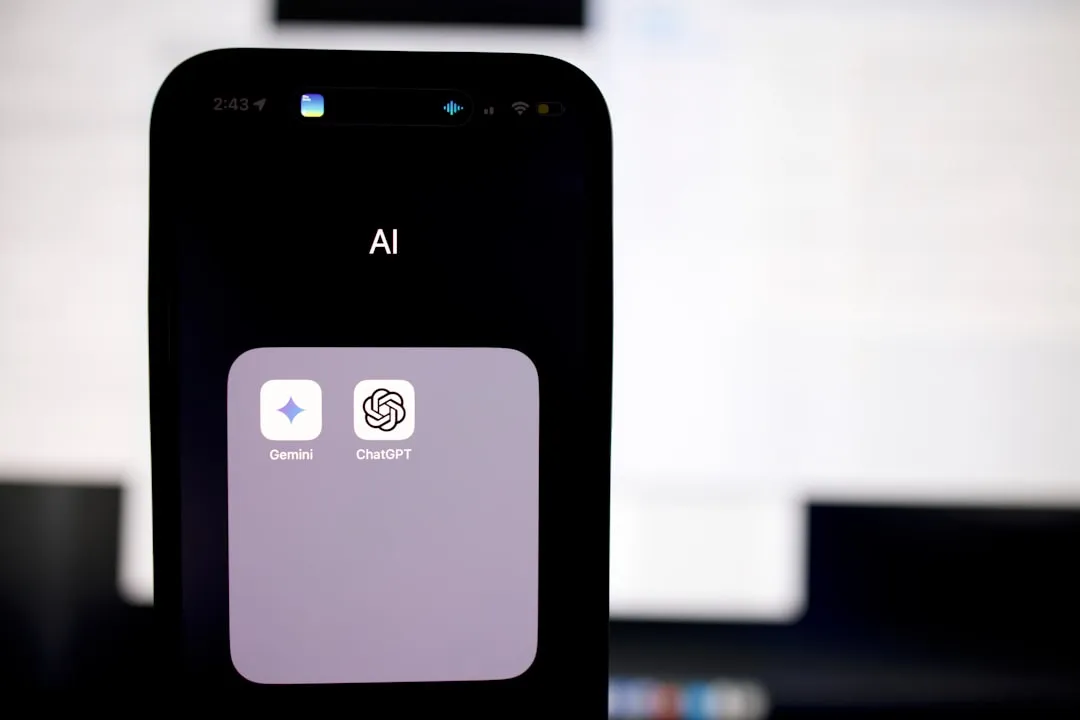


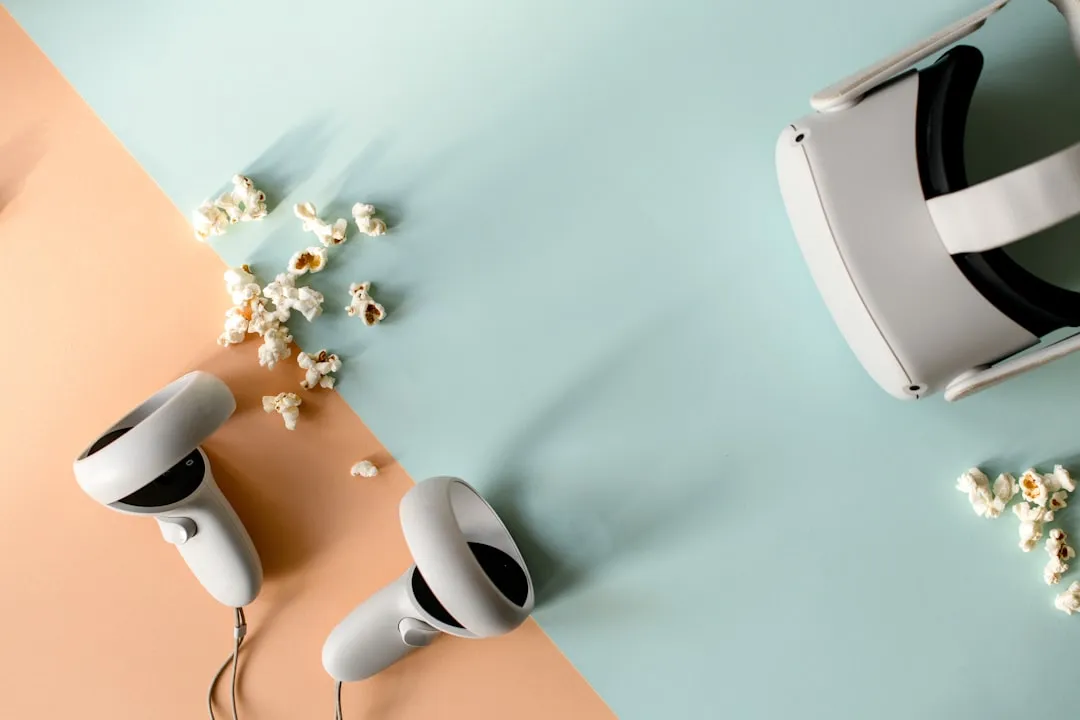
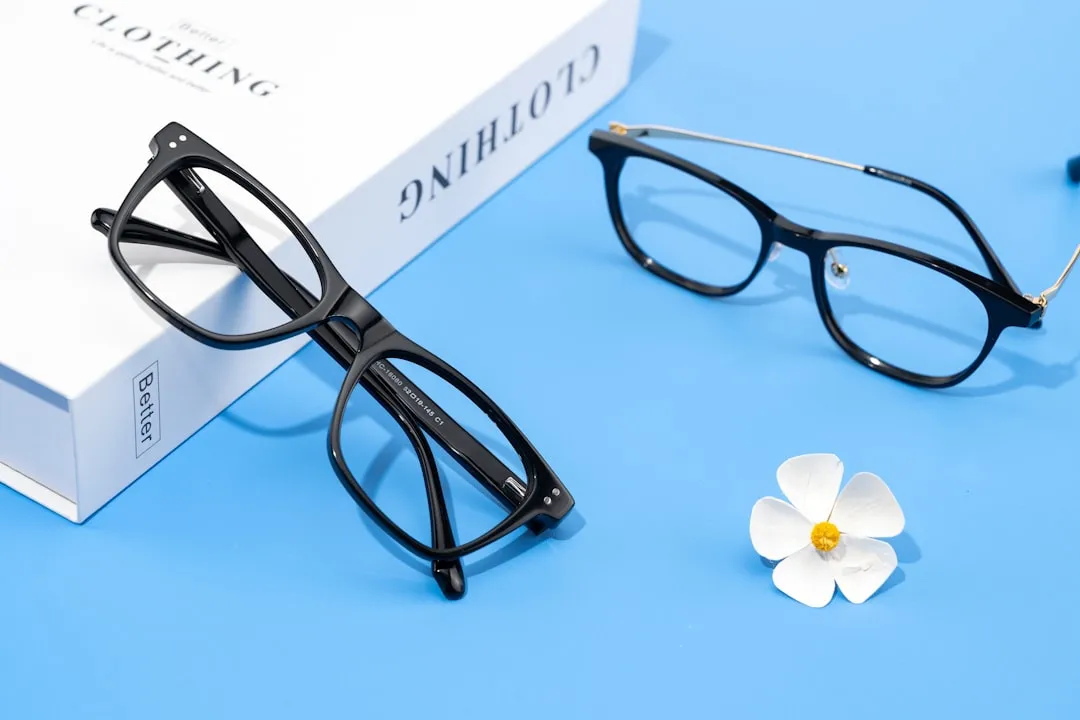






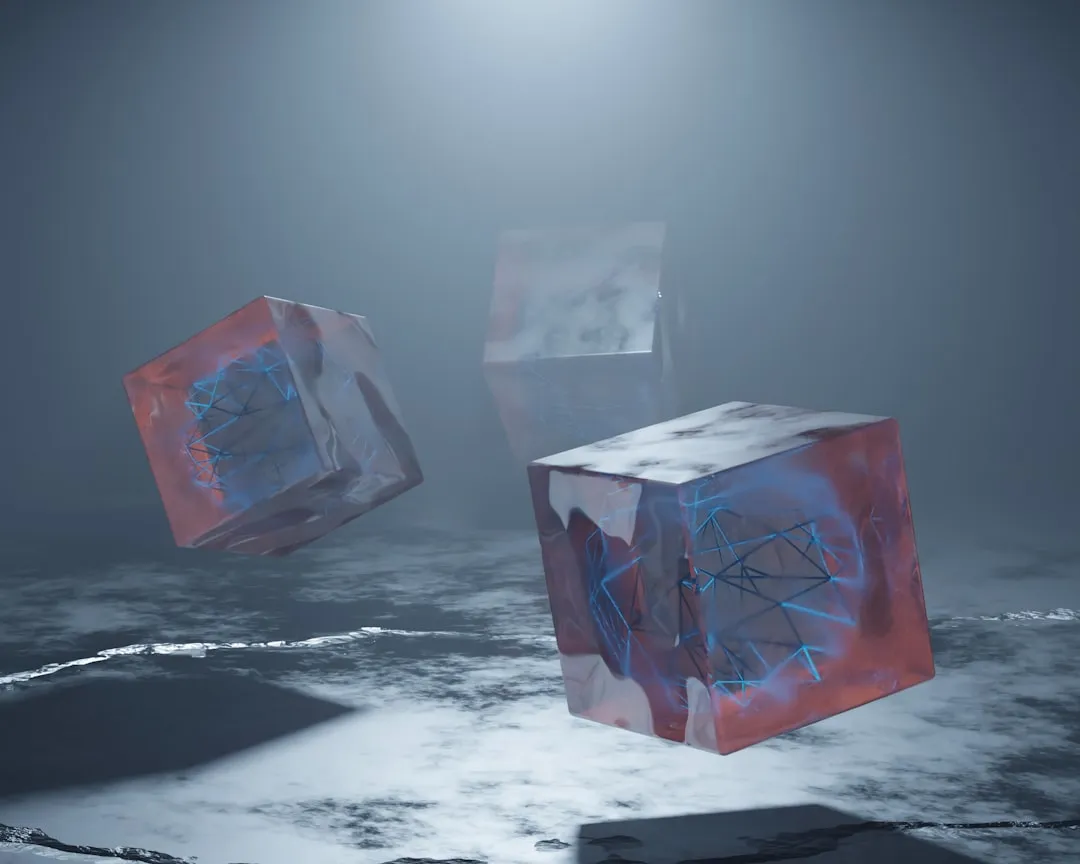

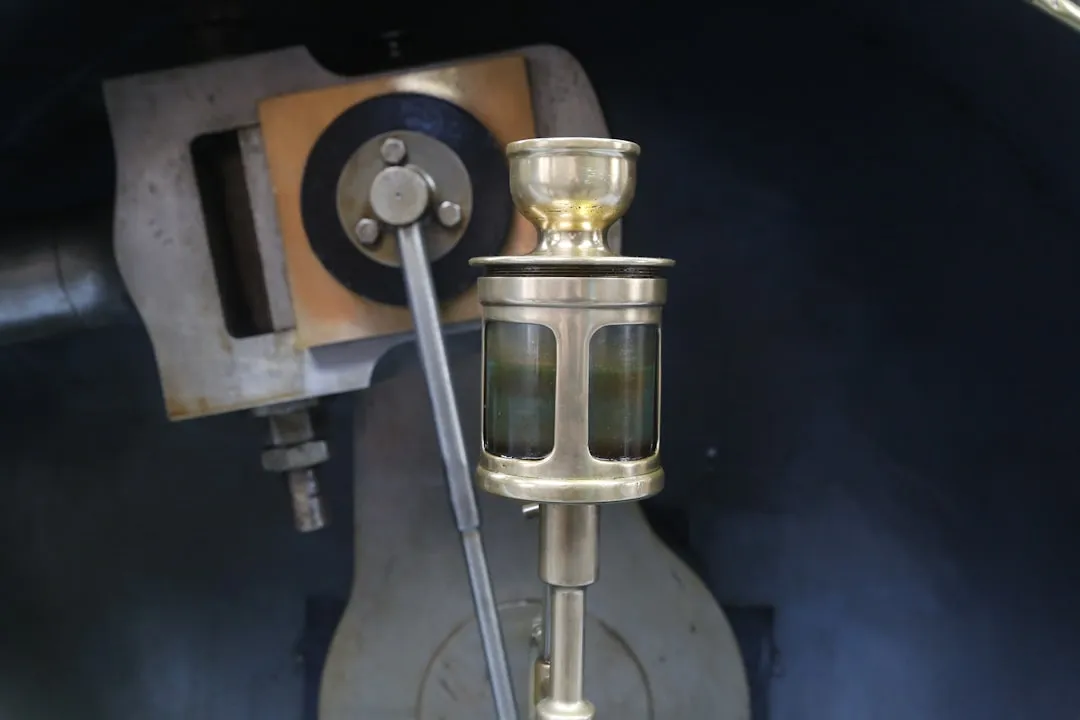




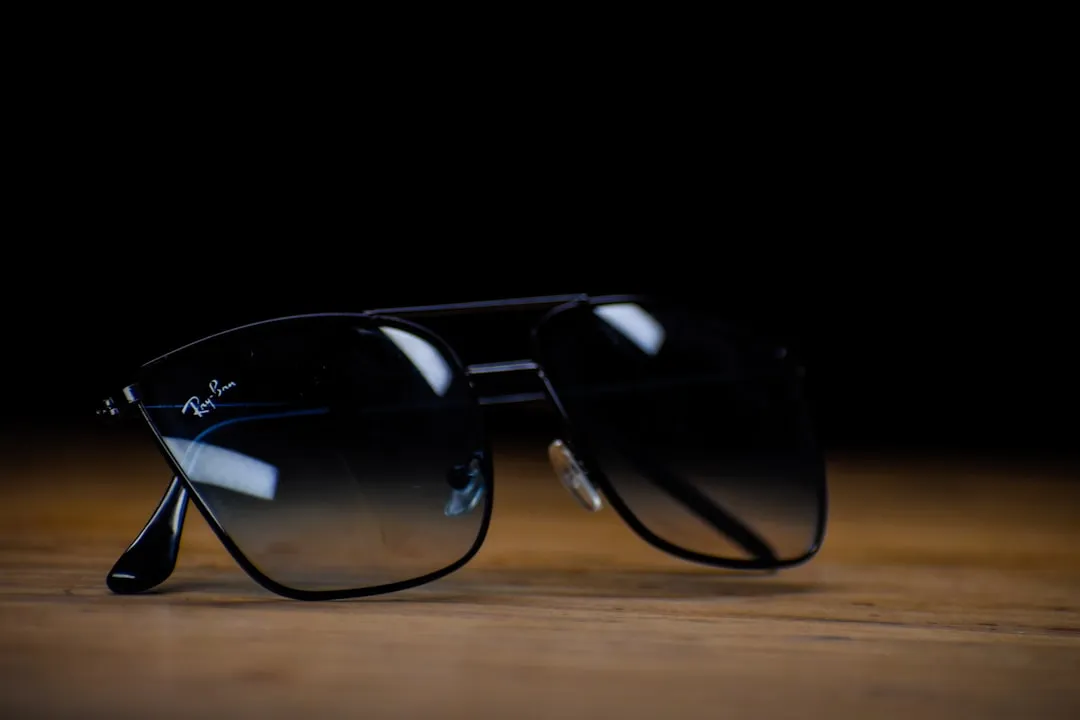

Comments
Be the first, drop a comment!